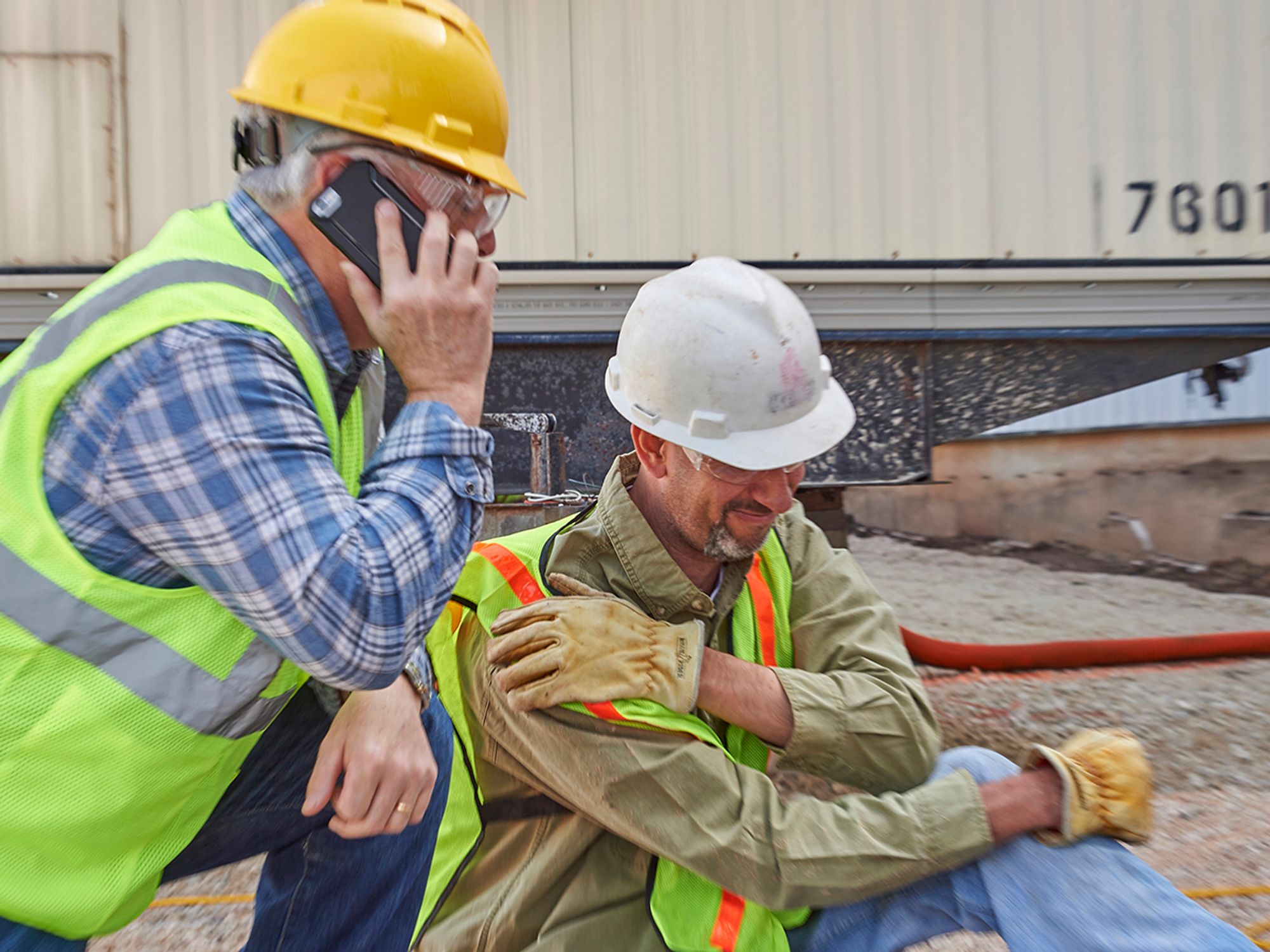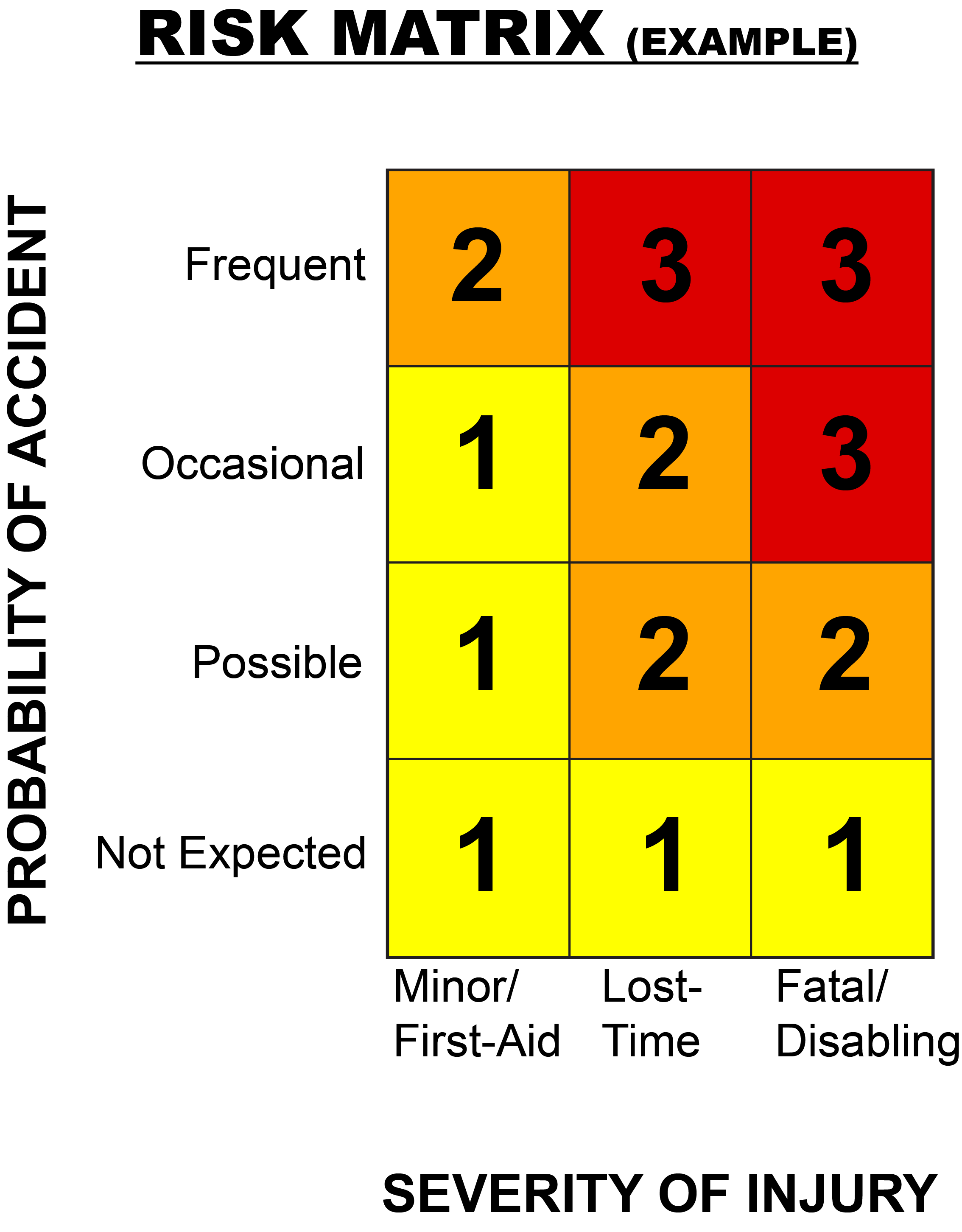Risk rating matrix

- When assessing risk, employers must take into account the severity of injury or illness that could result from a hazard, as well as the likelihood of such an incident occurring. Hazards with high severity and high probability of occurring are the greatest risk.
The risk/hazard rating of a job or task usually considers two factors:
- Severity — the seriousness of the injury or illness (e.g., first-aid, minor, lost-time, permanent disability, fatality) that could result from an incident.
- Probability — the likelihood that an incident will occur (e.g., frequently, occasionally, unlikely).
A job or task with a high probability and high severity has the highest risk; when there is low probability and low severity, that is the lowest risk. However, there are numerous combinations of severity/probability in between.
Many companies utilize a risk matrix or table that assigns numeric measures to risk based on probability and severity; the ratings are used to prioritize safety efforts. A sample risk matrix is provided below.
The risk matrix should be tailored to suit each organization’s risk tolerance and should take into account the specific operations, hazards, and available controls.

Priority legend
3 Highest priority — stop task until hazards are controlled
2 Hazards must be controlled as soon as possible
1 Risks are acceptable — no further controls required
